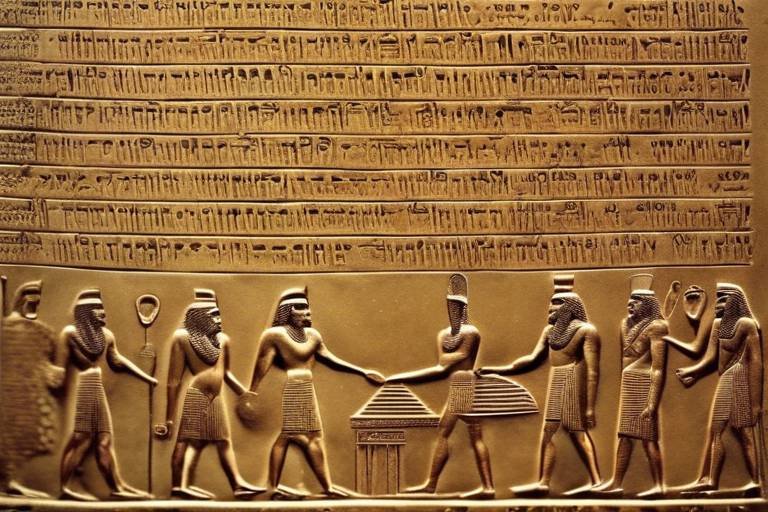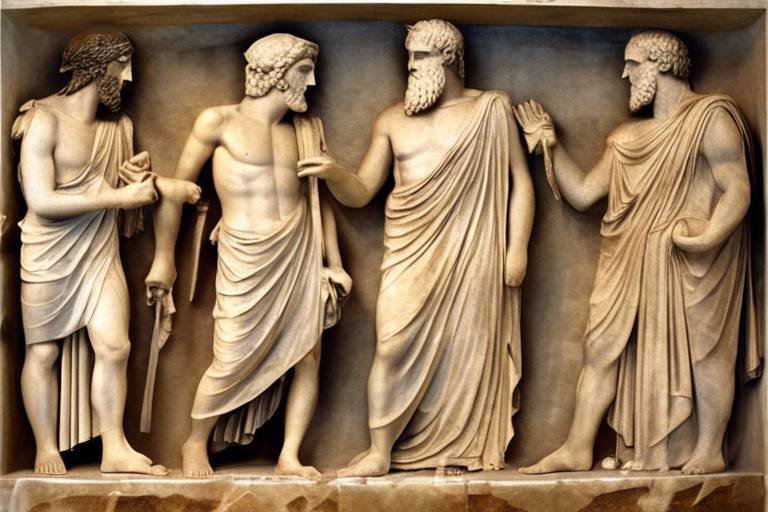The Secrets of Ancient Civilizations' Architectural Styles
Exploring the architectural designs of ancient civilizations reveals fascinating insights into their culture, beliefs, and technological advancements. From the pyramids of Egypt to the temples of Greece, each structure holds unique secrets waiting to be uncovered.
The iconic pyramids of Egypt, such as the Great Pyramid of Giza, showcase the mastery of ancient Egyptian architects in engineering monumental structures that have stood the test of time.
Greek temples, like the Parthenon in Athens, exemplify the classical architectural style characterized by columns, pediments, and friezes, reflecting the Greeks' reverence for their gods and pursuit of aesthetic perfection.
The Roman aqueducts, such as the Pont du Gard in France, demonstrate the engineering prowess of the Romans in designing complex water supply systems that enabled the growth and prosperity of their empire.
The Mayan pyramids of Central America, like El Castillo in Mexico, showcase the advanced mathematical and astronomical knowledge of the Mayan civilization, with structures aligned to celestial events and religious practices.
Chinese pagodas, such as the Liuhe Pagoda in Hangzhou, symbolize the harmony between heaven and earth in traditional Chinese architecture, with multi-tiered roofs and intricate wooden structures that reflect spiritual beliefs.
Machu Picchu, the Incan citadel in Peru, exemplifies the sophisticated stone masonry techniques of the Incas, with precisely cut stones fitting together without mortar to create a stunning mountaintop city.
Indian temples, like the Brihadeeswarar Temple in Tamil Nadu, showcase the intricate carvings, towering gopurams, and spiritual symbolism that define the architectural style of ancient Indian civilizations.
The ruins of Great Zimbabwe in southern Africa reveal the architectural achievements of the civilization that built massive stone structures without the use of mortar, showcasing their ingenuity and cultural significance.
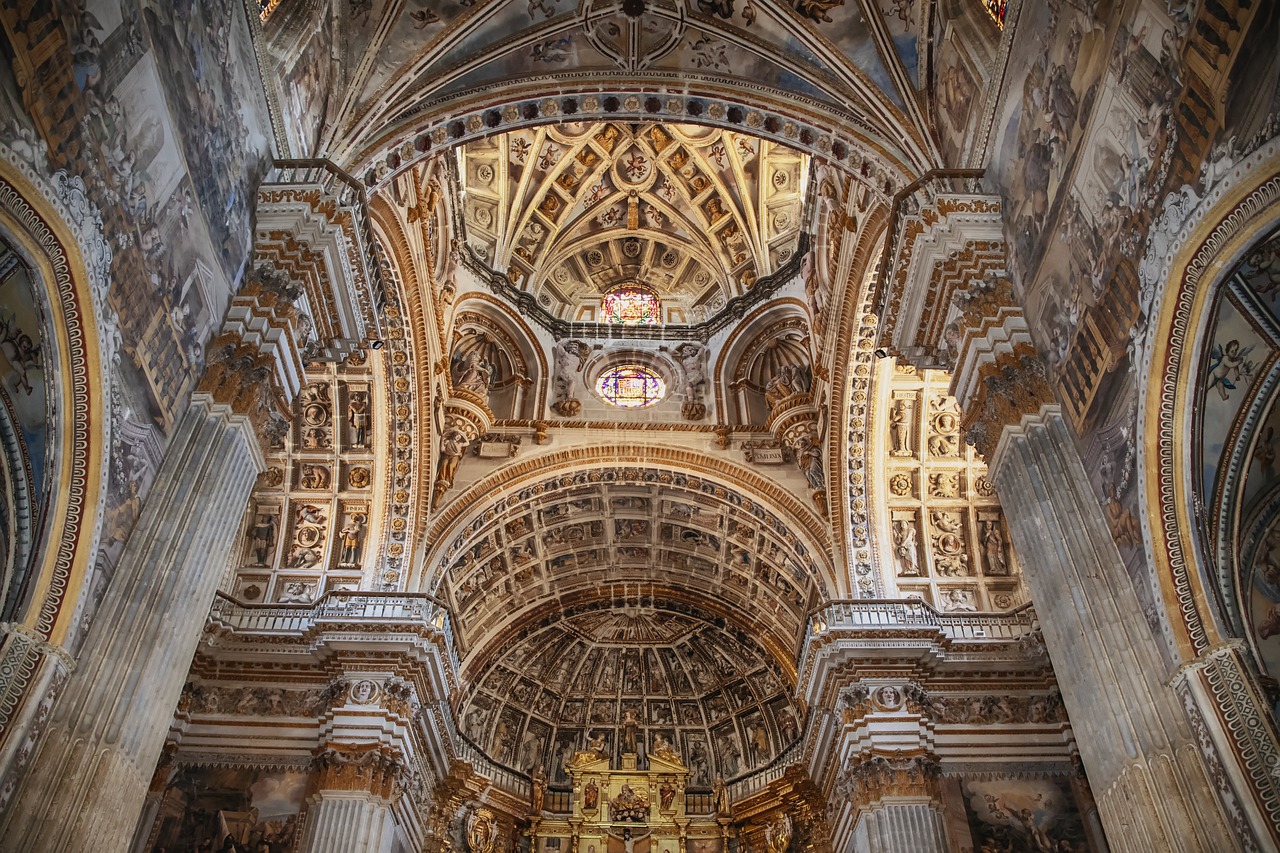
Egyptian Pyramids
The Egyptian pyramids stand as magnificent testaments to the ingenuity and architectural prowess of the ancient Egyptians. These monumental structures, most notably the Great Pyramid of Giza, continue to captivate the world with their grandeur and mystery. Constructed as tombs for the pharaohs, the pyramids were meticulously designed to ensure the safe passage of the rulers into the afterlife. The precise alignment of the pyramids with the cardinal points and the intricate construction techniques used in their building have puzzled historians and engineers for centuries.
One of the most remarkable aspects of the Egyptian pyramids is the sheer scale of the structures. The Great Pyramid of Giza, built for Pharaoh Khufu, stands as the tallest and largest of the three pyramids on the Giza plateau. Its perfectly symmetrical design and smooth, limestone casing stones reflect the Egyptians' dedication to precision and aesthetic beauty. The internal chambers of the pyramids, including the King's Chamber and Queen's Chamber, reveal the elaborate burial rituals and beliefs of the ancient Egyptians.
Moreover, the construction of the pyramids involved a highly organized workforce and advanced engineering techniques. The transportation and placement of the massive stone blocks, some weighing several tons, required meticulous planning and coordination. The Egyptians utilized ramps, levers, and sledges to move the stones into position, showcasing their innovative approach to solving complex architectural challenges.
Each pyramid served as a symbol of the pharaoh's divine power and eternal legacy, with intricate hieroglyphic inscriptions adorning the walls and passageways. The alignment of the pyramids with the stars and celestial bodies further highlights the Egyptians' deep connection to astronomy and their belief in the afterlife. These architectural marvels continue to inspire awe and wonder, inviting visitors to unravel the secrets hidden within their ancient walls.
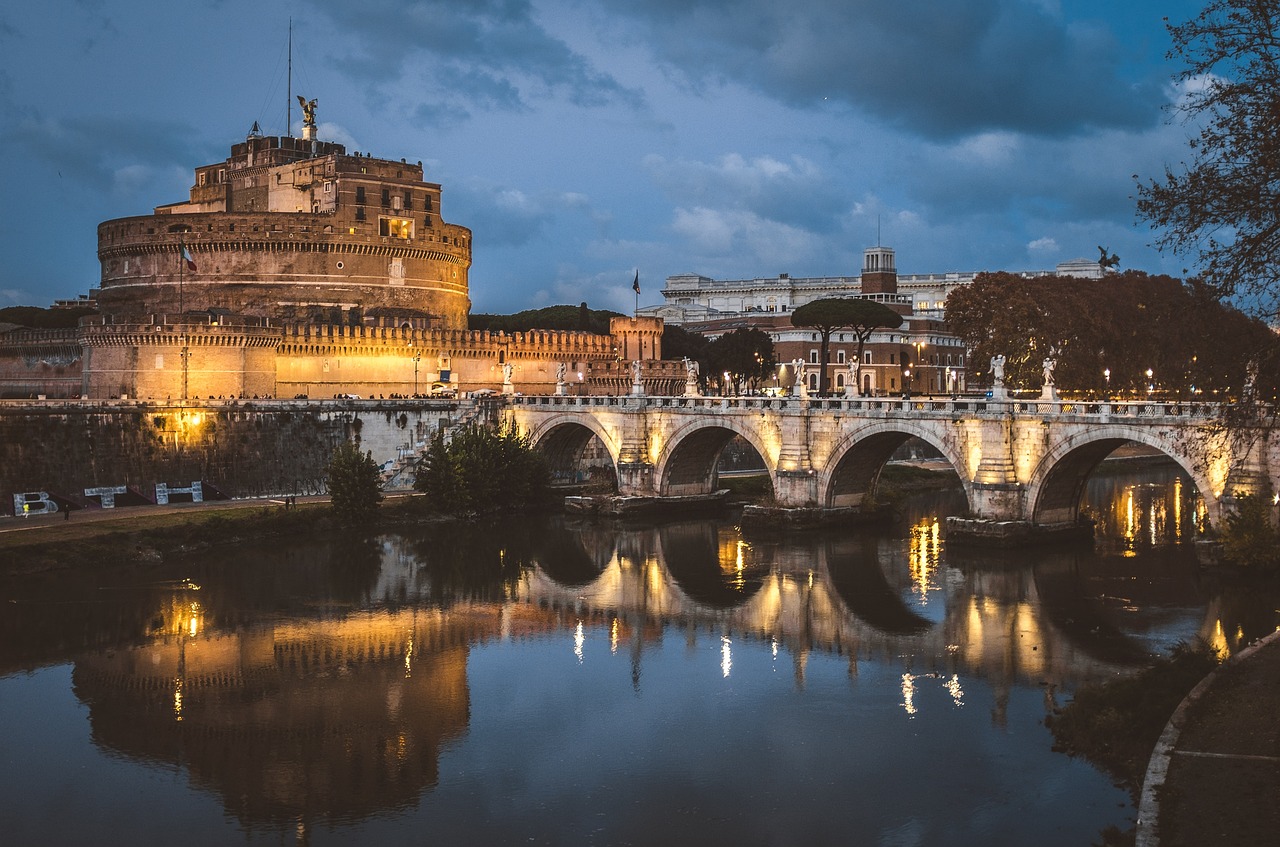
Greek Temples
Greek temples, like the Parthenon in Athens, are architectural marvels that stand as timeless symbols of classical beauty and cultural significance. These majestic structures are characterized by their use of columns, pediments, and friezes, which not only serve as architectural elements but also convey deep symbolic meanings.
The columns of Greek temples, whether Doric, Ionic, or Corinthian, are not merely supporting structures but represent the strength, grace, and harmony valued by the ancient Greeks. The intricate carvings and fluting on these columns are a testament to the craftsmanship and attention to detail of the architects and artisans who built these temples.
Moreover, the pediments of Greek temples often feature elaborate sculptures depicting mythological scenes or heroic deeds, adding a storytelling aspect to the architectural design. These sculptures served to honor the gods and heroes of Greek mythology, reinforcing the religious and cultural beliefs of the society.
Additionally, the friezes that adorned the entablature of Greek temples were adorned with intricate reliefs depicting various narratives, such as historical events or religious ceremonies. These friezes not only added decorative elements to the temples but also provided a visual narrative that enriched the visitor's experience.
Furthermore, the layout and orientation of Greek temples were carefully planned to align with celestial events and natural surroundings, emphasizing the connection between the earthly realm and the divine. The symmetry and proportionality of these temples were believed to reflect the harmony and balance of the cosmos, embodying the Greek ideal of beauty and perfection.
In conclusion, Greek temples are not just architectural structures but embodiments of the ancient Greeks' beliefs, values, and artistic achievements. Each temple tells a story of cultural heritage, religious devotion, and architectural innovation, inviting us to explore the mysteries and wonders of ancient civilizations.

Roman Aqueducts
Exploring the architectural designs of ancient civilizations reveals fascinating insights into their culture, beliefs, and technological advancements. From the pyramids of Egypt to the temples of Greece, each structure holds unique secrets waiting to be uncovered.
The iconic pyramids of Egypt, such as the Great Pyramid of Giza, showcase the mastery of ancient Egyptian architects in engineering monumental structures that have stood the test of time.
Greek temples, like the Parthenon in Athens, exemplify the classical architectural style characterized by columns, pediments, and friezes, reflecting the Greeks' reverence for their gods and pursuit of aesthetic perfection.
The Roman aqueducts, such as the Pont du Gard in France, demonstrate the engineering prowess of the Romans in designing complex water supply systems that enabled the growth and prosperity of their empire.
The Mayan pyramids of Central America, like El Castillo in Mexico, showcase the advanced mathematical and astronomical knowledge of the Mayan civilization, with structures aligned to celestial events and religious practices.
Chinese pagodas, such as the Liuhe Pagoda in Hangzhou, symbolize the harmony between heaven and earth in traditional Chinese architecture, with multi-tiered roofs and intricate wooden structures that reflect spiritual beliefs.
Machu Picchu, the Incan citadel in Peru, exemplifies the sophisticated stone masonry techniques of the Incas, with precisely cut stones fitting together without mortar to create a stunning mountaintop city.
Indian temples, like the Brihadeeswarar Temple in Tamil Nadu, showcase the intricate carvings, towering gopurams, and spiritual symbolism that define the architectural style of ancient Indian civilizations.
The ruins of Great Zimbabwe in southern Africa reveal the architectural achievements of the civilization that built massive stone structures without the use of mortar, showcasing their ingenuity and cultural significance.
Roman aqueducts are a testament to the ingenuity and engineering prowess of the ancient Romans. These impressive structures, such as the Pont du Gard in France, were vital in supplying water to cities and settlements across the vast Roman Empire. The aqueducts utilized a sophisticated system of gravity to transport water over long distances, showcasing the advanced hydraulic engineering knowledge of the Romans. The Pont du Gard, with its towering arches spanning the Gardon River, stands as a remarkable example of Roman architectural and engineering achievement, blending functionality with aesthetic beauty. These aqueducts not only provided essential water supply but also served as symbols of Roman power and technological advancement, leaving a lasting legacy in the history of architecture and engineering.
Stay tuned for answers to common questions about ancient civilizations' architectural styles!
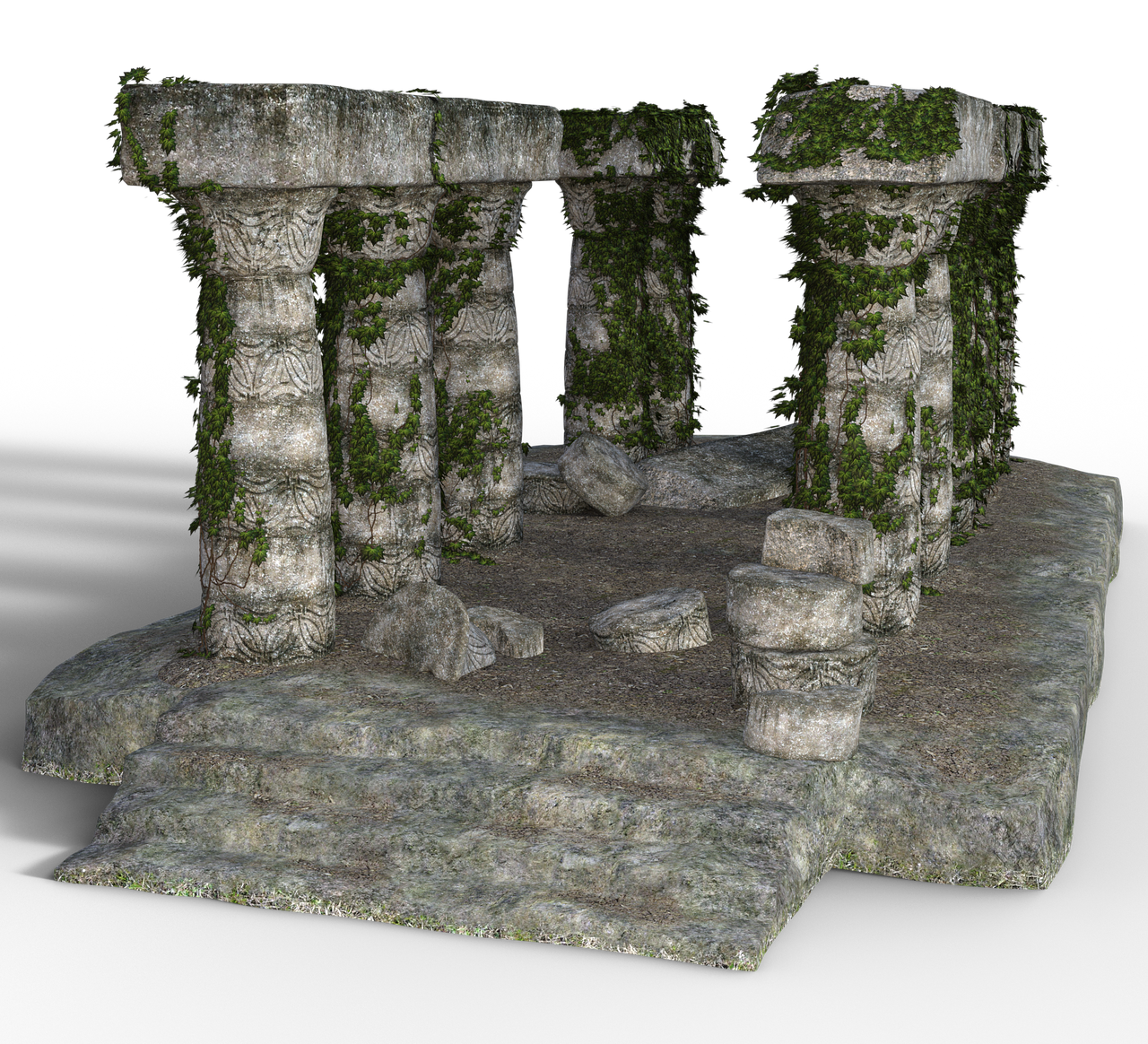
Mayan Pyramids
The Mayan pyramids of Central America, like El Castillo in Mexico, stand as remarkable testaments to the advanced knowledge and skills of the Mayan civilization. These architectural wonders were not merely structures but embodiments of the Mayans' deep connection to mathematics, astronomy, and spirituality. The layout and orientation of the pyramids were intricately aligned with celestial events, serving both practical and symbolic purposes.
El Castillo, also known as the Temple of Kukulcan, is a striking example of Mayan architectural ingenuity. Its design incorporates precise mathematical calculations, such as the number of steps on each side corresponding to days in the Mayan calendar. This intricate blend of science and artistry reflects the Mayans' profound understanding of the cosmos and their religious beliefs.
Moreover, the pyramids served as ceremonial centers where rituals and offerings were made to honor the gods and ensure the harmony of the universe. The imposing structures, with their steep staircases and grandeur, were physical manifestations of the Mayans' reverence for the divine and their quest for spiritual enlightenment.
Exploring the Mayan pyramids offers a glimpse into a civilization that thrived centuries ago, leaving behind architectural marvels that continue to captivate and intrigue modern-day visitors. The intricate carvings, symbolic decorations, and astronomical alignments of these pyramids serve as windows into the rich tapestry of Mayan culture, inviting us to unravel the mysteries of this ancient civilization.
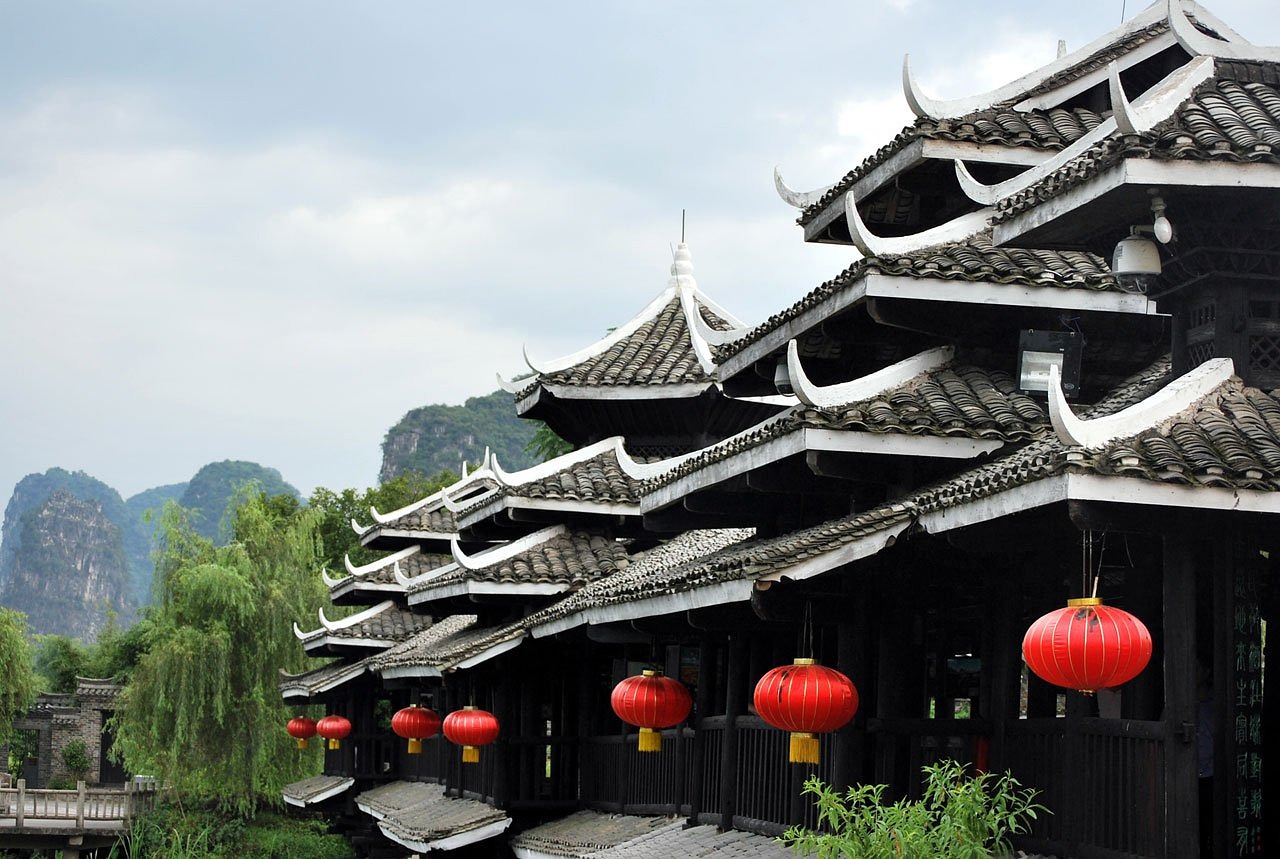
Chinese Pagodas
Chinese pagodas, such as the Liuhe Pagoda in Hangzhou, symbolize the harmony between heaven and earth in traditional Chinese architecture. These towering structures are characterized by their multi-tiered roofs, intricate wooden carvings, and elegant designs that reflect the spiritual beliefs of the Chinese people.
The pagoda's architectural style is deeply rooted in Chinese culture, with each tier representing a different element of the natural world, such as earth, water, fire, and air. The upward-reaching form of the pagoda signifies the connection between the earthly realm and the heavens, serving as a physical embodiment of the spiritual journey towards enlightenment.
Furthermore, the intricate wooden structures of Chinese pagodas showcase the craftsmanship and attention to detail of ancient Chinese artisans. Elaborate carvings of dragons, phoenixes, and other mythical creatures adorn the pagoda's exterior, adding a touch of mystique and grandeur to these sacred buildings.
Visitors to Chinese pagodas not only marvel at the architectural beauty but also experience a sense of tranquility and peace in the serene surroundings. The pagoda's presence in the landscape serves as a visual reminder of the interconnectedness of all things and the balance that exists in the universe.
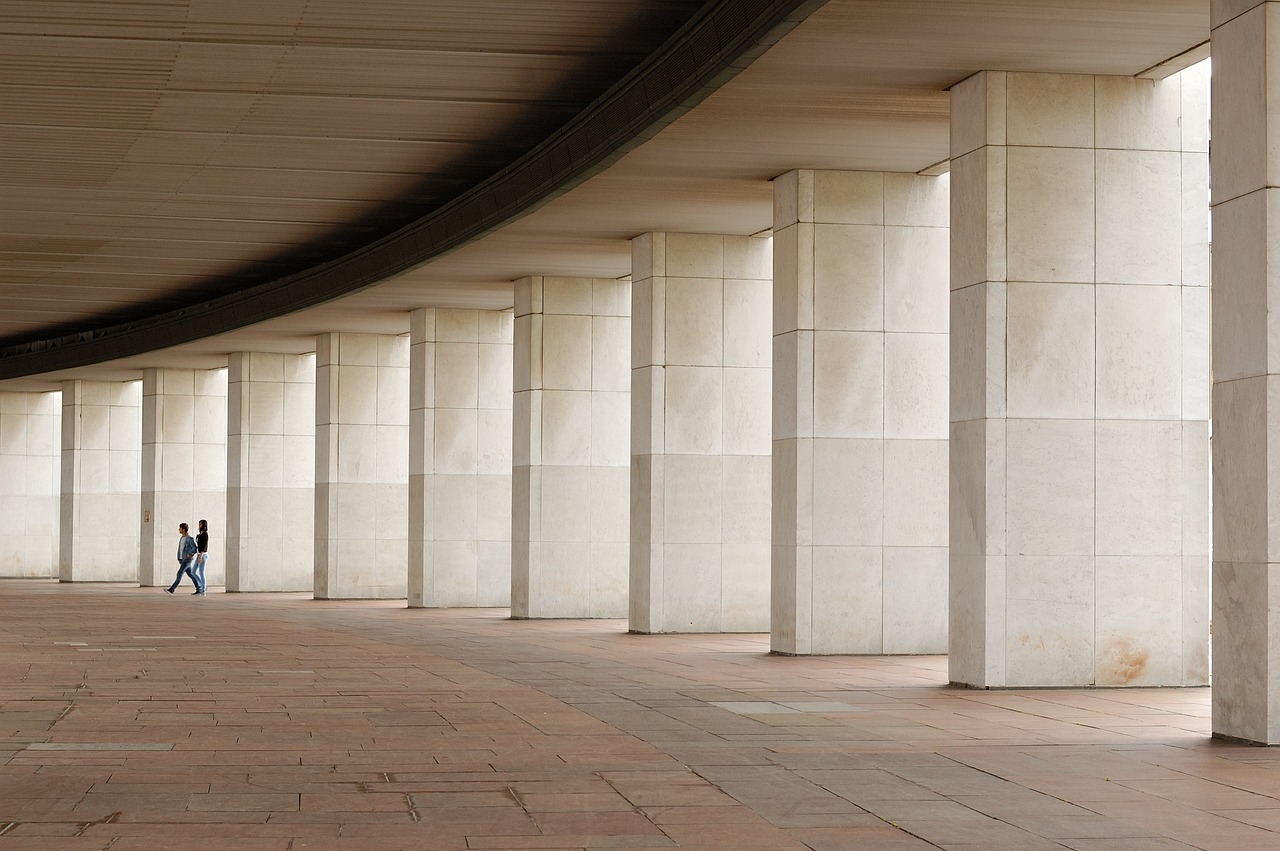
Incan Machu Picchu
Machu Picchu, the legendary Incan citadel nestled in the Andes mountains of Peru, is a marvel of ancient architecture that continues to captivate visitors with its mystical charm and breathtaking beauty. The Incan civilization's ingenuity and engineering prowess are on full display in the intricate stone structures that make up this mountaintop city.
One of the most remarkable features of Machu Picchu is the precise stone masonry techniques employed by the Incas. Without the use of mortar, the stones were meticulously cut and fitted together with such precision that not even a blade of grass can pass between them. This remarkable craftsmanship has allowed Machu Picchu to withstand centuries of earthquakes and harsh weather conditions, standing as a testament to the Incan builders' skill and dedication.
Walking through the terraced fields, temples, and residential areas of Machu Picchu, visitors can't help but be in awe of the strategic layout of the city. The Incas designed the site in harmony with the surrounding natural landscape, incorporating the mountains and valleys into the city's overall plan. The agricultural terraces, built to maximize crop production in the steep terrain, showcase the Incan's deep understanding of agriculture and engineering.
Moreover, the religious significance of Machu Picchu is evident in the alignment of its structures with celestial events. The Intihuatana stone, a ritual stone that served as an astronomical observatory, is believed to have been used by the Incas for ceremonies and to track the movements of the sun. This spiritual connection to the cosmos is a central theme in Incan culture and is reflected in the city's architecture and layout.
As visitors wander through the ancient streets of Machu Picchu, they can't help but feel a sense of wonder and admiration for the Incan civilization's achievements. The blend of natural beauty, architectural brilliance, and spiritual significance makes Machu Picchu a true wonder of the ancient world, offering a glimpse into the rich cultural heritage of the Incas.

Indian Temples
The architectural marvels of Indian temples, such as the Brihadeeswarar Temple in Tamil Nadu, stand as a testament to the rich cultural heritage and spiritual devotion of ancient Indian civilizations. These temples are not merely structures but embodiments of intricate carvings, towering gopurams, and spiritual symbolism that transcend time and space.
Each element of an Indian temple, from the ornate sculptures adorning the walls to the towering spires reaching towards the heavens, carries profound meaning and significance. The intricate carvings depict mythological stories, celestial beings, and symbolic representations of cosmic principles, inviting worshippers into a sacred realm of divine connection.
The towering gopurams, or entrance gateways, of Indian temples serve as portals to the spiritual realm, guiding devotees from the mundane world into the sacred space of the temple. These monumental structures, adorned with vibrant sculptures and intricate details, symbolize the threshold between the material and spiritual worlds, inviting visitors to leave behind their worldly concerns and enter a realm of transcendence.
Furthermore, the layout and design of Indian temples are intricately linked to ancient architectural principles based on Vastu Shastra, a traditional system of architecture that harmonizes the temple with cosmic energies. The precise alignment of the temple, the placement of sacred images, and the use of geometric proportions all contribute to creating a sacred space that resonates with spiritual energy and divine grace.
Visiting an Indian temple is not merely a physical journey but a spiritual pilgrimage, where devotees can experience a profound sense of peace, connection, and transcendence. The intricate architecture, vibrant artwork, and sacred rituals performed within these temples create a holistic sensory experience that uplifts the soul and nourishes the spirit.

African Great Zimbabwe
The ruins of Great Zimbabwe in southern Africa stand as a testament to the architectural ingenuity and cultural significance of the civilization that once thrived there. Built without the use of mortar, these massive stone structures showcase the advanced building techniques of the ancient inhabitants.
Great Zimbabwe's intricate stone walls, some reaching over 30 feet in height, were constructed with remarkable precision, fitting together like a giant puzzle without the aid of modern tools. The layout of the city within the complex reflects a sophisticated urban planning system, with different areas designated for various functions.
One of the most striking features of Great Zimbabwe is the Great Enclosure, a massive elliptical wall that encloses a vast space believed to have been used for ceremonial purposes. The Conical Tower, a prominent structure within the complex, is thought to have had symbolic or ritualistic significance.
The architecture of Great Zimbabwe not only served practical purposes but also held deep cultural and spiritual meanings for its builders. The site's design and layout are believed to have been influenced by the cosmological beliefs and social organization of the civilization that inhabited it.
Exploring the ruins of Great Zimbabwe offers a glimpse into the rich history and architectural achievements of the African civilization that once flourished there, inviting visitors to ponder the mysteries and marvels of this ancient site.
Frequently Asked Questions
- What architectural styles are associated with ancient civilizations?
Ancient civilizations such as the Egyptians, Greeks, Romans, Mayans, Chinese, Incans, Indians, and Africans each have distinct architectural styles that reflect their cultural beliefs and technological advancements.
- What are some key features of Egyptian pyramids?
Egyptian pyramids are known for their monumental size, precise alignment with cardinal points, and intricate burial chambers designed to house pharaohs and treasures for the afterlife.
- How did the Greeks influence architectural design?
The Greeks introduced elements such as columns, pediments, and friezes in their temple structures, setting the foundation for classical architectural styles that have influenced Western architecture for centuries.
- What engineering marvels did the Romans create?
Roman aqueducts stand out as remarkable feats of engineering, showcasing the Romans' ability to construct complex water supply systems that supported urban development and public health.
- What makes Mayan pyramids unique?
Mayan pyramids exhibit precise mathematical calculations and astronomical alignments, reflecting the Mayan civilization's advanced knowledge in architecture, astronomy, and religious practices.
- What is the significance of Chinese pagodas?
Chinese pagodas symbolize the spiritual connection between heaven and earth, featuring intricate wooden structures with multiple tiers that represent harmony, balance, and traditional Chinese beliefs.
- How did the Incas achieve their architectural feats?
The Incas mastered the art of stone masonry, creating structures like Machu Picchu with precisely cut stones that fit together seamlessly, showcasing their engineering skills and architectural ingenuity.
- What defines the architectural style of Indian temples?
Indian temples are characterized by elaborate carvings, towering gopurams, and spiritual symbolism that reflect the rich cultural heritage and religious practices of ancient Indian civilizations.
- What sets the African Great Zimbabwe ruins apart?
The Great Zimbabwe ruins are unique for their massive stone structures built without mortar, highlighting the architectural prowess and cultural significance of the civilization that constructed them.



